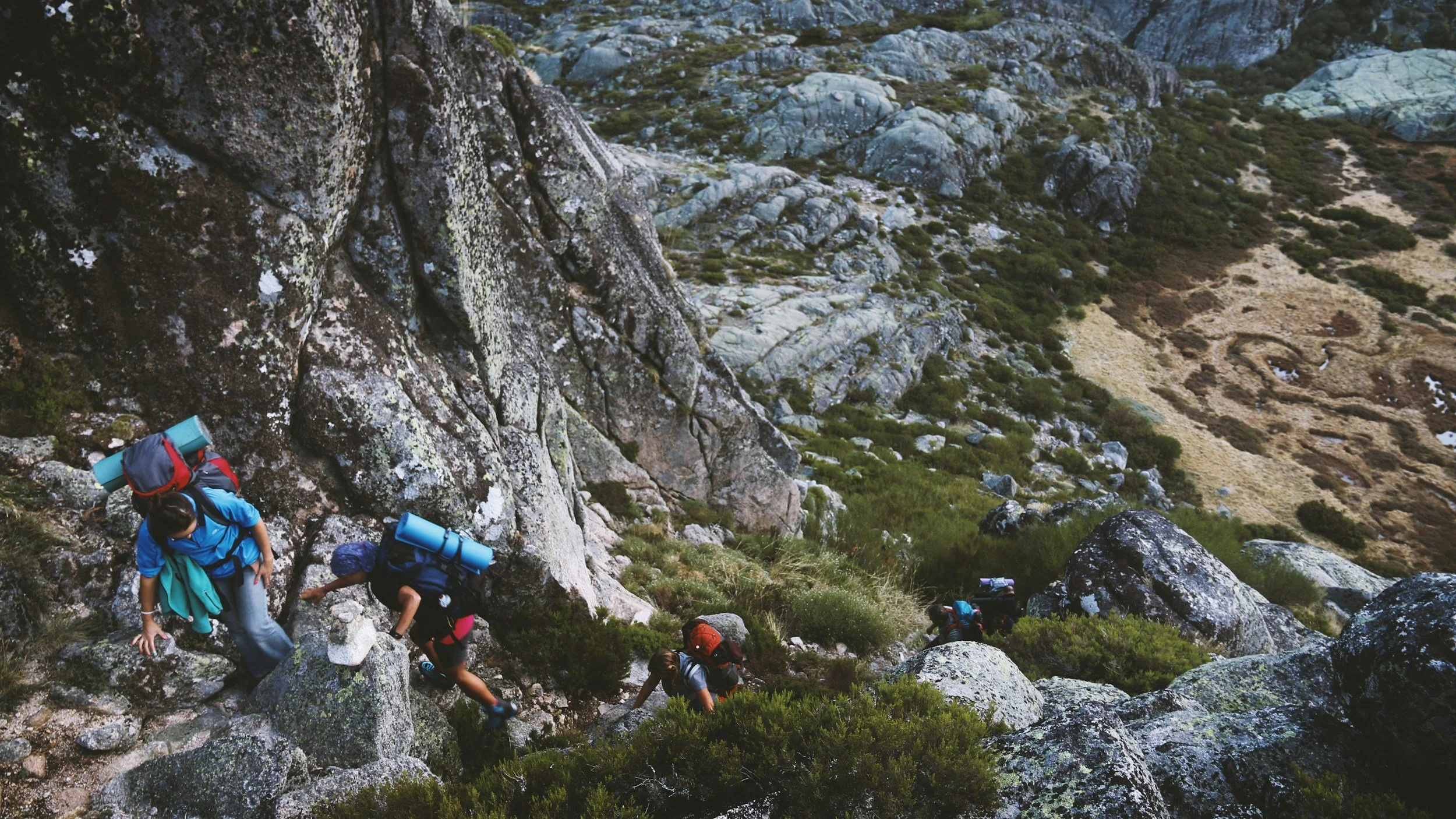How to Treat Your Latest Hiking Injury
Hiking and outdoor adventures can be exhilarating experiences, but they come with the risk of injuries. Knowing how to treat hiking injuries is essential for staying safe on the trails and ensuring a smooth recovery process. In this comprehensive guide, we'll explore different types of hiking injuries, from minor cuts and bruises to more severe sprains and strains. We'll also provide detailed self-care techniques, specific treatment guidelines, and tips for when to seek medical attention.
Types of Hiking Injuries
Hiking injuries can range from minor nuisances to more serious conditions that require immediate attention. Here's an overview of the most common types of hiking injuries:
A. Minor Injuries
Cuts and Scrapes: Sharp rocks, branches, or uneven terrain can cause cuts and scrapes on the skin.
Bruises: Minor impacts or falls can result in bruises, causing discoloration and tenderness.
Blisters: Friction from ill-fitting footwear or excessive moisture can lead to painful blisters on the feet.
B. Moderate Injuries
Sprains: Twisting or overstretching ligaments can result in sprains, causing pain, swelling, and limited mobility.
Strains: Overuse or sudden movements can cause strains in muscles or tendons, resulting in pain and stiffness.
Meniscus Tear: Sudden twists or impacts can lead to tears in the meniscus, causing knee pain and instability. When treating a hiking injury, it's crucial to ensure your knee brace is properly adjusted; if you're unsure, you can learn more about how tight should a knee brace be.
C. Severe Injuries
Major Fractures: Falls or collisions with objects can cause fractures in bones, requiring immediate medical attention.
Dislocations: Forceful impacts can cause joints to become dislocated, resulting in severe pain and immobility.
Heat-related Injuries: Exposure to high temperatures or inadequate hydration can lead to heat exhaustion or heatstroke.
Self-Care Techniques for Hiking Injuries
When faced with a hiking injury, it's important to know how to provide immediate care to alleviate pain and promote healing. Here are some self-care techniques you can use:
A. RICE Method (Rest, Ice, Compression, Elevation)
Rest: Avoid putting weight on the injured area to prevent further damage.
Ice: Apply ice packs or cold compresses to reduce swelling and numb pain.
Compression: Use compression bandages to reduce swelling and provide support.
Elevation: Elevate the injured limb above the level of the heart to reduce swelling.
B. Pain Management
Over-the-counter pain relievers such as ibuprofen or acetaminophen can help alleviate pain and discomfort.
Topical analgesics, such as creams or gels containing lidocaine or menthol, can provide temporary relief from pain.
C. Wound Care
Clean cuts and scrapes with soap and water to prevent infection.
Apply an antibiotic ointment and cover the wound with a sterile bandage to promote healing.
D. Blister Treatment
To prevent blisters, keep feet clean and dry, and wear moisture-wicking socks and properly fitting footwear.
If a blister forms, leave it intact to protect the skin, or drain it with a sterile needle if necessary, and apply a blister plaster or bandage.
Specific Treatment Guidelines for Different Injuries
Different types of hiking injuries require specific treatment approaches. Here's how to treat them effectively:
A. Cuts and Scrapes
Clean the wound thoroughly with soap and water to remove dirt and debris.
Apply an antibiotic ointment to prevent infection and cover the wound with a sterile bandage.
B. Sprains and Strains
Rest the injured limb and avoid putting weight on it.
Apply ice packs or cold compresses to reduce swelling and pain.
Use compression bandages to provide support and stability to the injured area.
Elevate the injured limb above the level of the heart to reduce swelling.
C. Meniscus Tear
Symptoms of a meniscus tear include pain, swelling, and difficulty bending or straightening the knee.
Treatment options may include rest, physical therapy, or in severe cases, surgery.
Platelet-rich plasma (PRP) therapy may be recommended to promote healing and reduce inflammation. Check out Selphyl's PRP for meniscus tear to learn more.
D. Major Fractures and Dislocations
Immobilize the injured area to prevent further damage.
Seek immediate medical attention and follow the advice of healthcare professionals.
Stabilize the injured limb with splints or braces until medical help arrives.
E. Heat-related Injuries
Move to a shaded area and rest.
Drink plenty of water to rehydrate the body.
Use cool compresses or immerse the body in cool water to lower body temperature.
When to Seek Medical Attention
While many hiking injuries can be treated with self-care techniques, some may require professional medical attention. Here are some signs that indicate the need for medical help:
Severe pain that persists despite self-care measures.
Inability to bear weight on the injured limb.
Visible deformity or swelling around the injured area.
Numbness, tingling, or loss of sensation in the injured limb.
Signs of infection such as redness, warmth, or pus drainage from wounds.
It's essential to listen to your body and seek medical attention if you're unsure about the severity of your injury or if symptoms worsen.
Outdoor adventures offer endless opportunities for exploration and excitement, but they also come with the risk of injuries. By knowing how to treat hiking injuries and practicing self-care techniques, you can stay safe on the trails and enjoy your outdoor experiences to the fullest. Remember to prioritize safety, be prepared for emergencies, and always consult with a healthcare professional if you're unsure about how to treat an injury. With the right knowledge and preparation, you can tackle any hiking challenge with confidence and peace of mind.







